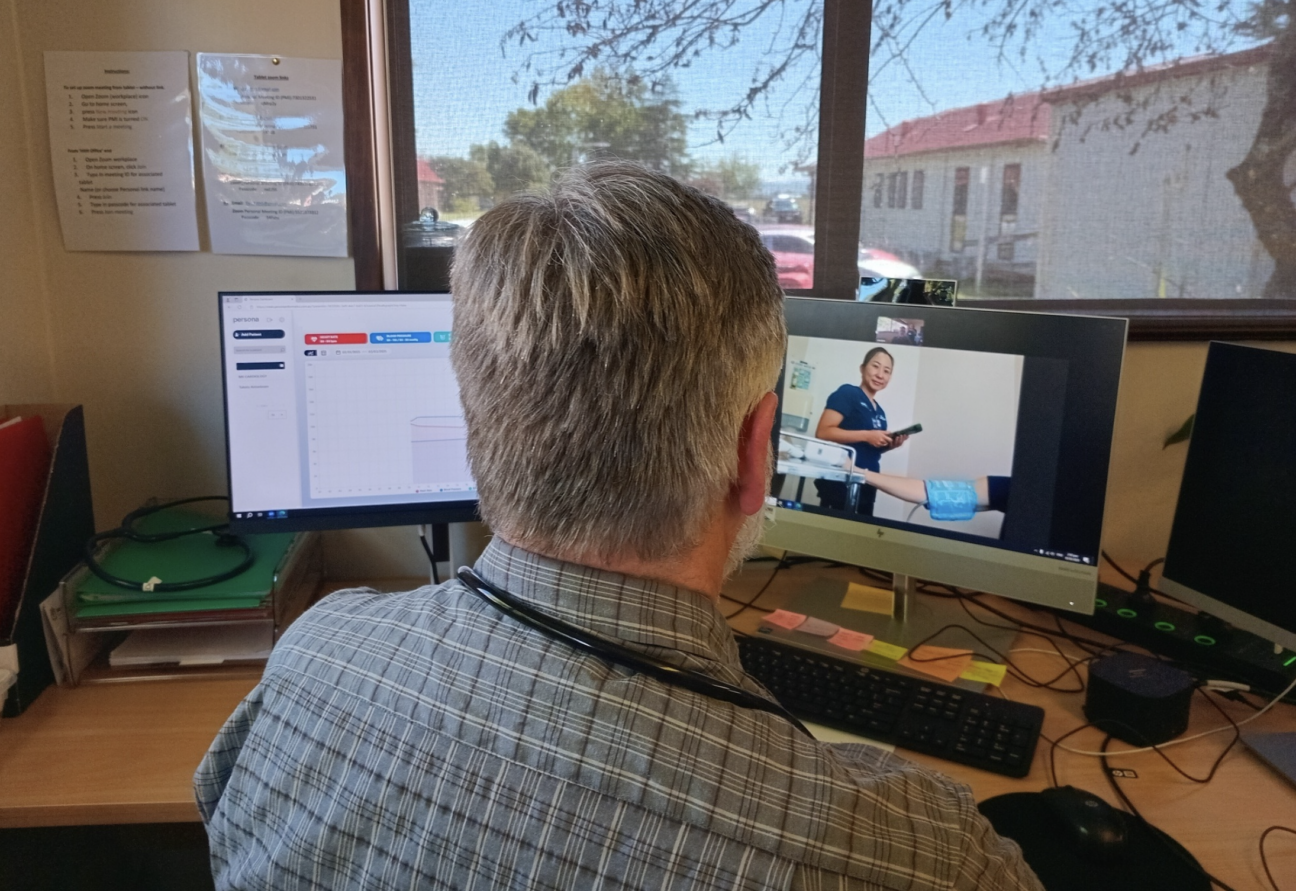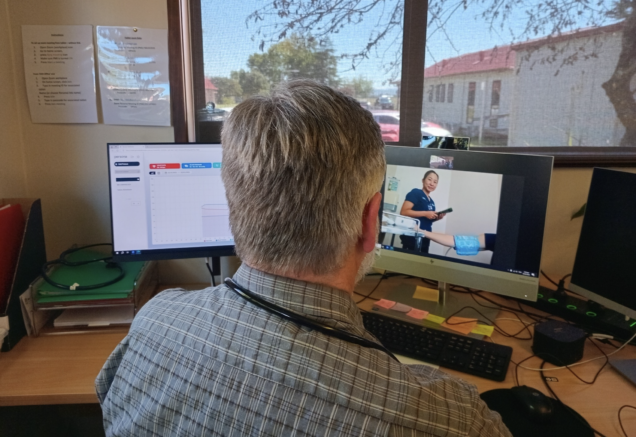Persona and Propell’s Vital Signs Monitoring Technology Supports ‘Hospital in the Home’ Program
A remote patient monitoring (RPM) program at Health New Zealand | Te Whatu Ora Tairāwhiti has achieved significant success thanks to Persona and Propell’s innovative vital signs monitoring technology. Launched in late July 2024, the Āhuru Mōwai Hospital in the Home (HiTH) program has provided 325 ‘virtual’ bed days in patient homes, enabling early and safe discharge of patients while ensuring continued specialist care.

Persona and Propell’s Role
Persona and Propell’s vital signs monitoring technology plays a crucial role in the HiTH program’s success. Through the use of Persona and Propell’s innovative technology, clinicians receive real-time updates on patient vital signs, including heart rate, oxygen saturation, temperature, weight, and blood pressure. This real-time feedback has provided valuable insights over the past six months. Clinical lead Erik McClain says that the real-time feedback from the Persona and Propell vital signs monitoring technology has provided numerous valuable insights over the past six months.
“Patients are taking to the program extremely well,” says McClain. “Clinicians are also supportive. Hospital beds fill up very quickly, and our surgeons are extremely busy, so if we can open up beds for them, that is always a good thing.”
HiTH Program Highlights
- Patient Care: The program has admitted 78 patients, with the use of Persona and Propell’s RPM technology along with daily visits from registered nurses.
- Clinical Focus: Initially focusing on patients recovering from chronic heart failure and respiratory illnesses, the program has expanded to include surgical patients and those requiring intravenous antibiotics for cellulitis.
- Patient Satisfaction: Patients have given the program a 100% Net Promoter Score via surveys.
Clinical Impact
Clinical lead Erik McClain notes that at least 75% of the 325 bed days provided directly substituted for beds within the physical hospital. This demonstrates the program’s ability to deliver acute-level care in a home setting, reducing strain on hospital resources while maintaining access to specialist care.

